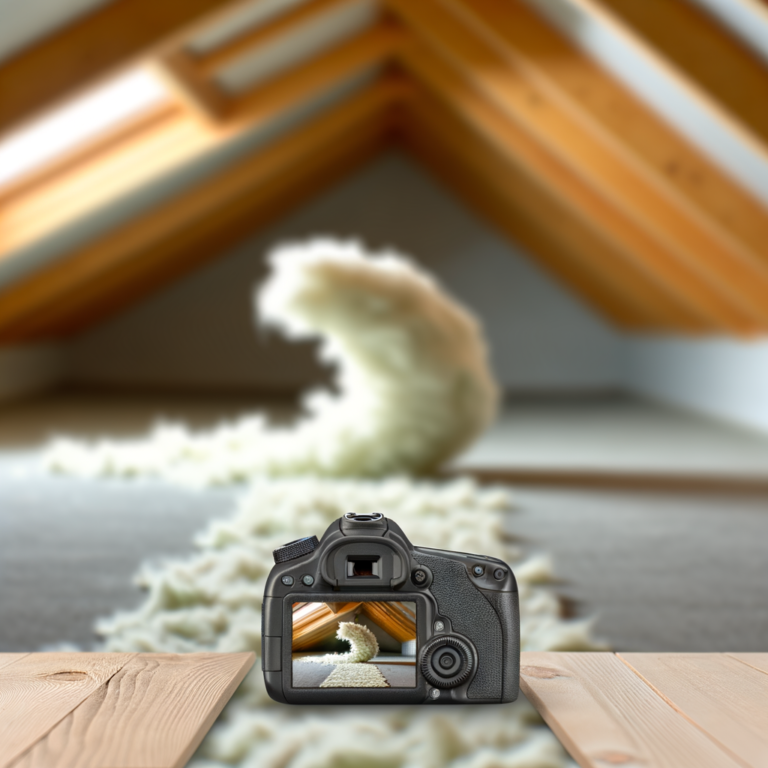“`html
The Ultimate Guide to Blown-In Insulation for Homes

Table of Contents
- Introduction
- What is Blown-In Insulation?
- Benefits of Blown-In Insulation
- Installation Process
- Cost Factors
- Maintaining Blown-In Insulation
- FAQ Section
- Conclusion & CTA
Introduction
Enhancing home energy efficiency has never been more crucial, and blown-in insulation is at the forefront of creating eco-friendly and energy-efficient living spaces. This guide will explore how blown-in insulation can transform your home for the better.
What is Blown-In Insulation?
Blown-in insulation, also known as loose-fill insulation, comprises small insulation fibers that are blown into attics or walls using specialized equipment. It’s primarily made from materials like fiberglass, cellulose, or mineral wool, adapting perfectly to odd-shaped spaces and obstructions.
Benefits of Blown-In Insulation
- Enhanced Energy Efficiency: Reduces heating and cooling costs by optimizing temperature control.
- Improved Home Comfort: Maintains consistent temperatures throughout the house.
- Eco-Friendly: Often made from recycled materials, reducing environmental footprint.
- Health Benefits: Helps in reducing allergens and improving indoor air quality.
Installation Process
Preparation
The area must be prepped, ensuring it is clean and dry. Installing vapor barriers might be necessary to prevent moisture.
Blowing the Insulation
Professional installers use a hose to strategically blow the insulation into place, reaching corners and edges effectively.
Post-Installation Check
A thorough inspection is conducted to ensure uniform distribution and optimal insulation levels.
Cost Factors
The cost of blown-in insulation can vary based on factors like the type of material used, the size of the area to be insulated, and regional labor costs.
Maintaining Blown-In Insulation
Maintenance is minimal but essential for performance. Regular checks for uneven settling or dampness are recommended.
Department of Energy – Adding Insulation to an Existing Home
EPA – Indoor Air Quality
FAQ Section
Q: Is blown-in insulation better than batts?
A: Blown-in insulation offers superior coverage, especially in hard-to-reach areas, making it more effective in many scenarios.
Q: How long does blown-in insulation last?
A: With proper installation and maintenance, blown-in insulation can last over 30 years.
Q: Can blown-in insulation be DIY?
A: We recommend professional installation for safety and effectiveness, although rental equipment is available.
Conclusion & Call to Action
To sum up, blown-in insulation is a smart choice for anyone looking to upgrade their home’s energy efficiency and comfort. By choosing the right materials and ensuring proper installation, you can enjoy significant benefits for years to come.
🔥 Click Here to get a professional insulation evaluation and make your home energy-efficient today!
“`




